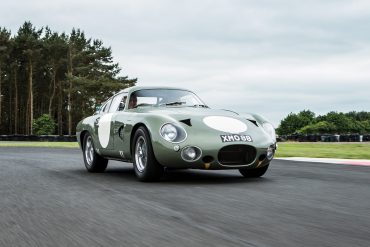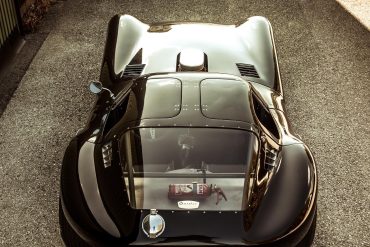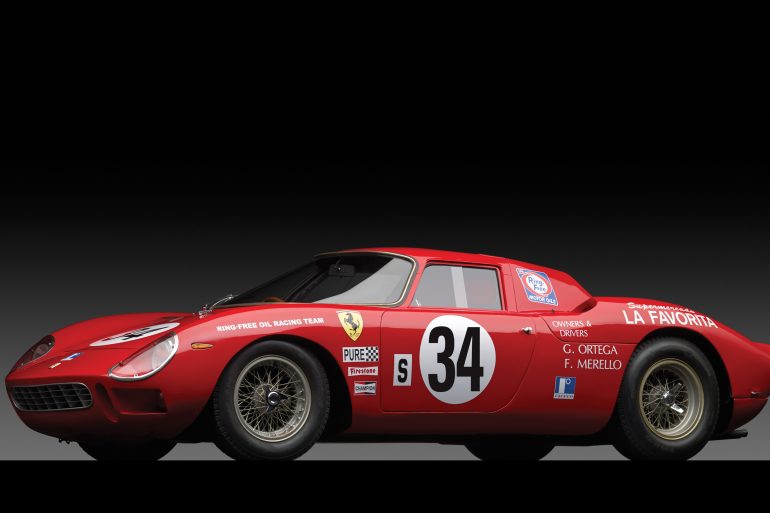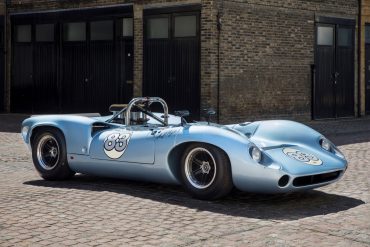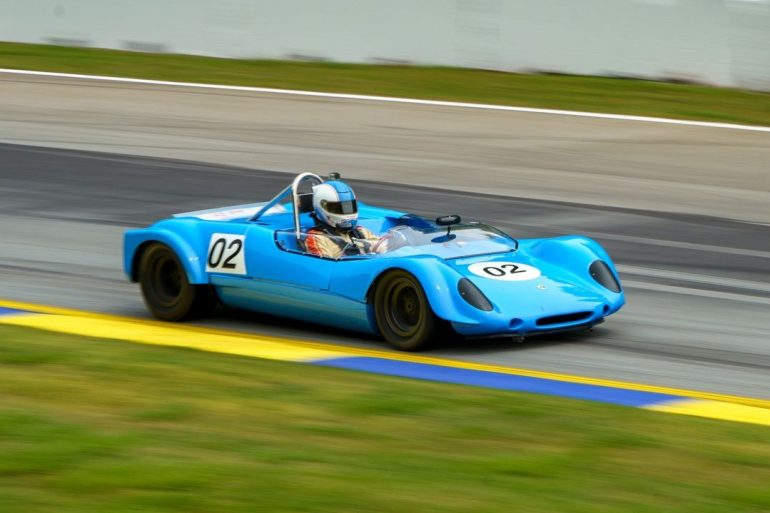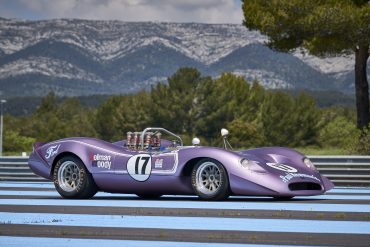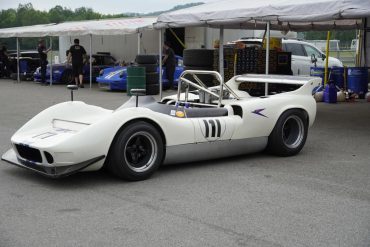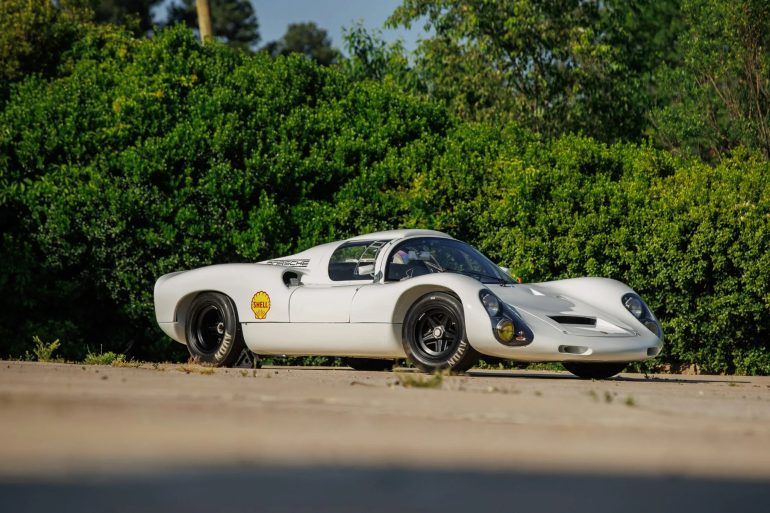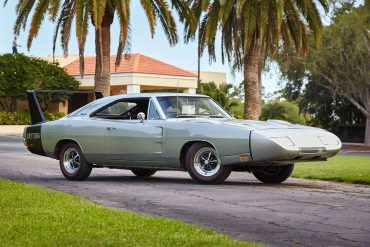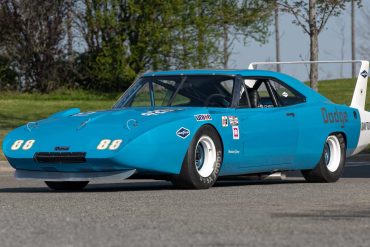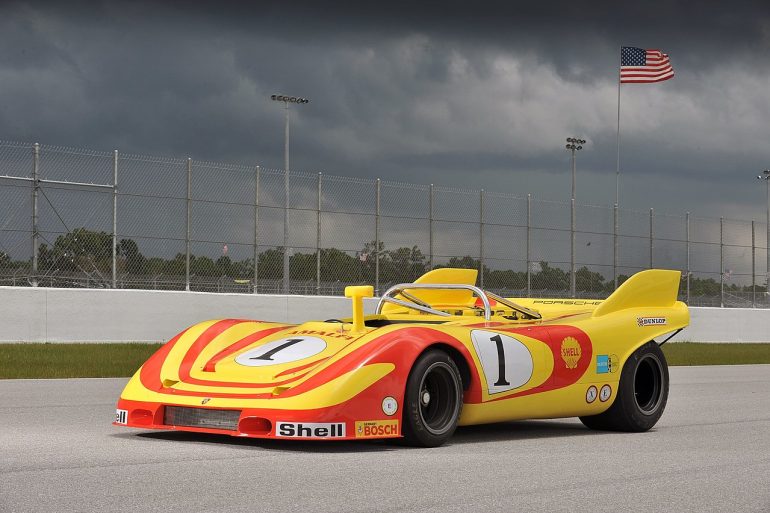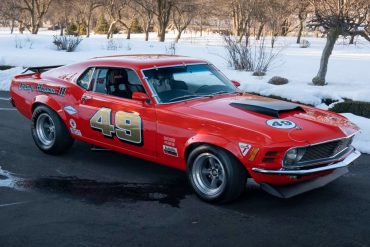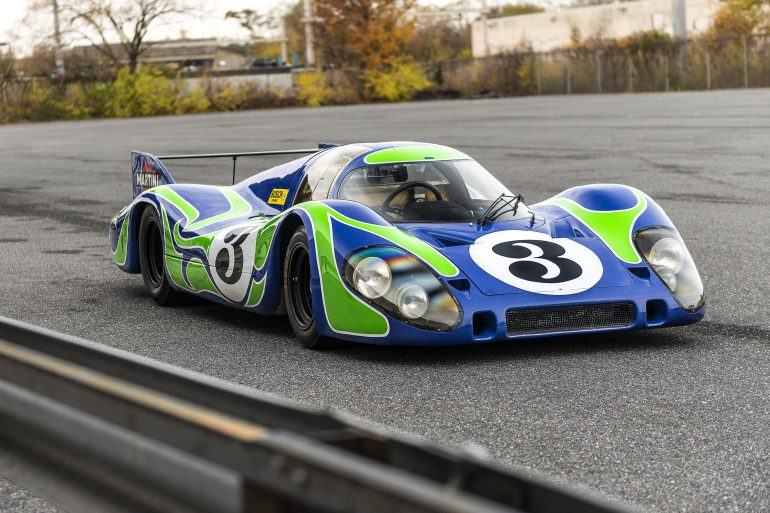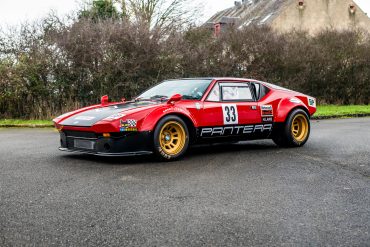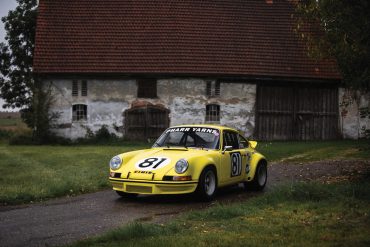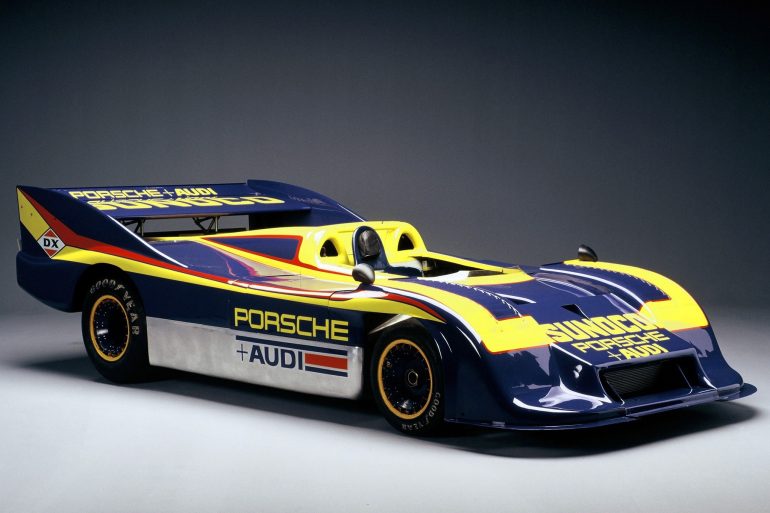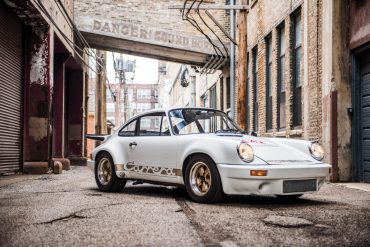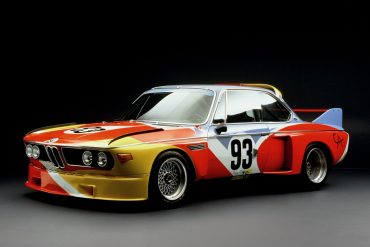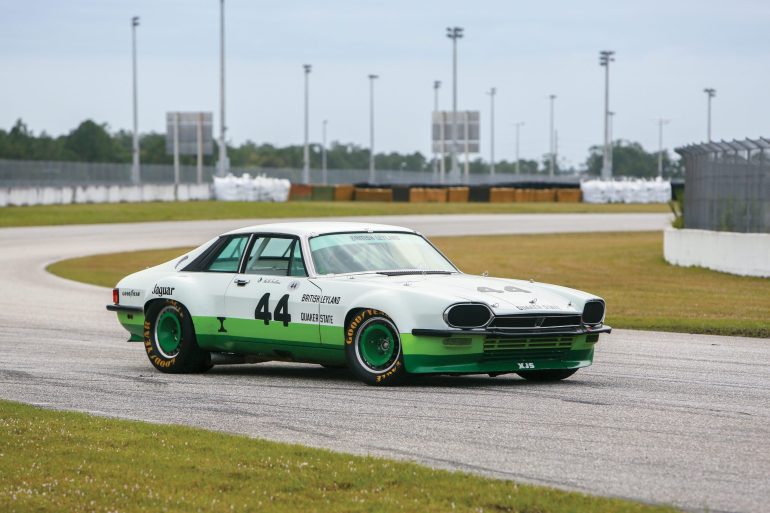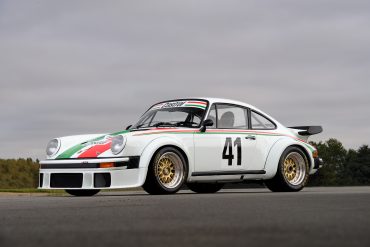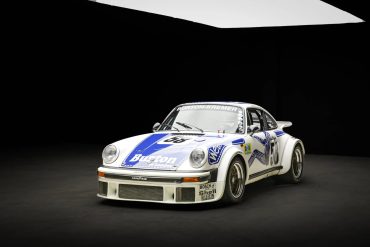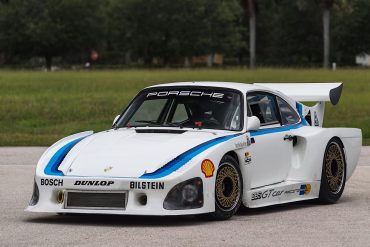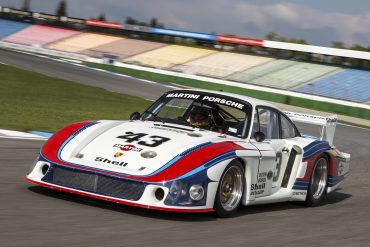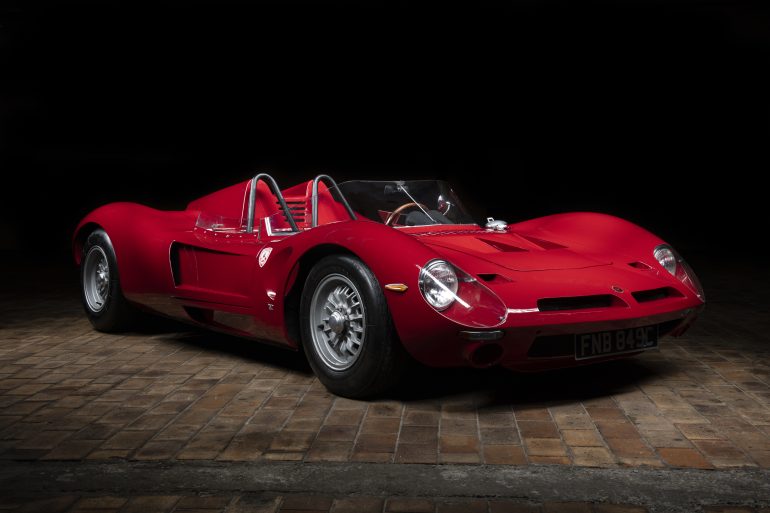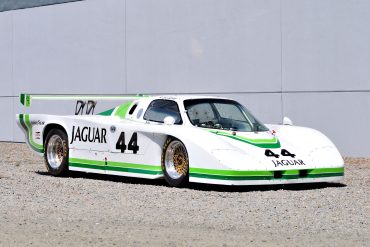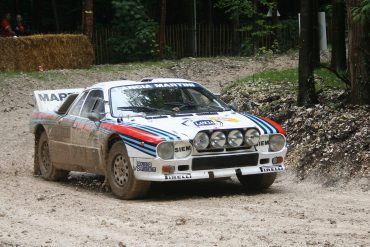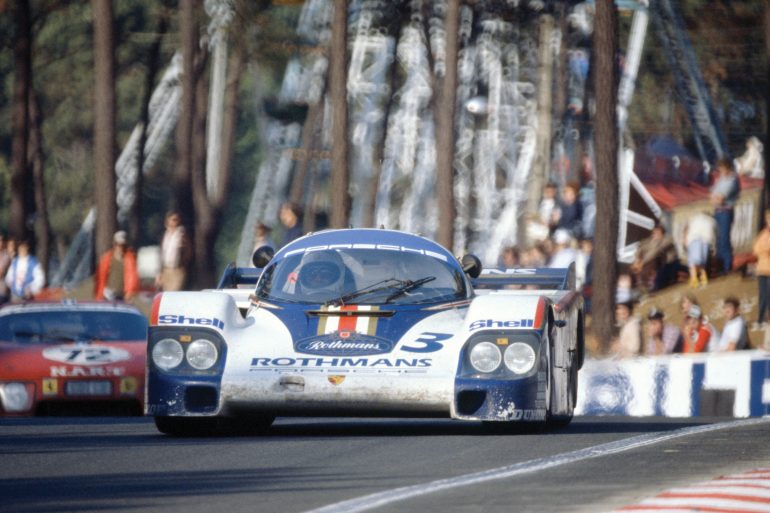DP215, the Aston Martin Design Project, was the last racing car to be built by the factory and represented the...
Bill Thomas had one goal in mind when he designed and produced the Cheetah: beat the Ford Cobra. With Chevrolet...
In the period between 1960 and 1965, Ferrari was at its absolute prime on the racing circuits. It became the de facto dominant force by winning every single race. The Ferrari 250 LM made its debut at the tail end of this dynasty in 1964, and is considered to this...
No racing car exemplified and exploited the admirable freedom of the Can-Am series rules more than the 1966 Chaparral 2E....
In 1966, Goodyear bought this Lola T70, intending it to be driven by the renowned A.J. Foyt during the first-ever...
The Lotus 23C is the developmental evolution of the 23B. The claimed reason for the updates was to allow the car to be more competitive against ever developing opposition and in typical Chapman style, getting more out of a four-year-old design meant clever thinking rather than expensive re-engineering, hence the...
The Holman & Moody Ford Honker II is one of the forgotten CanAm cars. Interestingly, it was overshadowed by its...
The M1C was effectively the second model made by Bruce McLaren’s team for the Canadian-American series. Most were powered by...
The Porsche 910, also known as the Carrera 10, was introduced during the summer of 1966 and raced through 1967, continuing the company’s assault on international competition. It was similar to the preceding 906, including the spaceframe chassis, but with suspension, changes to accommodate the smaller 13-inch magnesium wheels. The...
Called one of the “Winged Warriors”, a list that included Plymouth Superbird, Ford Torino Talladega, and Mercury Cyclone Spoiler II,...
With the disappointing performance of the 1968 Dodge Charger 500 in NASCAR competition and Plymouth’s superstar Richard Petty leaving them...
Of all the 917 variants, the ‘Interserie Spyder’ was one of the most successful. It won the Interserie championship outright for two years in a row before the model was replaced by the 917/10 of 1972. Three lightweight 917 Spyders were prepared by Porsche specifically for the Interserie, a new...
From 1975 to 1977, this remarkable vehicle dubbed as “Orange Blossom III,” competed in prestigious endurance races such as the...
The 908/3 prototype was built for the sole purpose of winning the Targa Florio and Nürburgring legs of the world...
Due to the aerodynamic instability of the 917 in the 1969, two separate configurations were used in 1970. These were the short-tail Kurzheck version and the less common Langheck or long-tail. Most of the 917’s accolades were achieved by the 917 Kurzheck, leaving the Langheck a less utilized, but ultimately...
De Tomaso not only produced road cars but also offered Panteras configured for FIA’s Group 3, Group 4, and Group...
Introduced in 1973, the RSR was a factory-built racing car based on the 911 chassis. The 2.8 RSR looks different...
The ultimate expression of CanAm’s unique sky’s-the-limit approach to technical regulations, this 1200bhp twin-turbo monster was a sensation, rubbing salt into the opposition’s wounds by totally dominating the 1973 season after its predecessor. The Porsche 917/30 was a derivative of the 917/10 and it was the first real turbocharged racing car developed to...
The 1974 Porsche 911 Carrera RS 3.0 stands as the ultimate evolution of the naturally aspirated Porsche 911 designed for...
This BMW 3.0 CSL is the first of BMW’s world-famous Art Cars. Created in 1975, it was one of the...
This is the Group 44 Jaguar XJS that won the Trans-Am Category 1 Drivers’ and Manufacturers’ Championship in 1978, racing against cars like the Corvette, Porsche, Datsun, and Camaro. Jaguar had initially released the XJS to lukewarm reception, but decided to use the “win on Sunday, sell on Monday” strategy...
The Porsche 934, first introduced in 1976, was the Group 4 GT race version of the Typ 930 Turbo road car....
The 934, introduced for the 1976 racing season, utilized the production 930 as its foundation. It incorporated a front spoiler...
Tyrrell’s Project 34 six-wheel Formula One car was one of those refreshingly radical cars that used to come into Grand Prix racing in the 1970s. It was designed and built by Derek Gardner, the chief designer for Tyrrell Racing Organisation at that time. It was unique in that it had...
This 1977 Porsche 935 K3, identified by Chassis No. 930-770-0907, boasts a remarkable racing history, having achieved four first-place victories...
The 935/78 was the ultimate expression of the 911 factory race car before Porsche officially withdrew from motor sport. Raced...
During the 1950s, Bizzarrini played a crucial role in developing the Ferrari 250 Testa Rossa and the 250 GTO. However, it wasn’t until 1960 that Giotto Bizzarrini decided to strike out on his own, collaborating with Giorgetto Giugiaro to create the Iso Grifo and Rivolta. In 1963, he embarked on...
This XJR-5 epitomizes everything that is best about American racing design, construction and preparation combined with the best of British...
The Lancia Rally 037 was a Group B rally car produced by Lancia in cooperation with Abarth and Pininfarina. It...
Few race cars are as universally acclaimed as the Porsche 956. The car is a brilliantly engineered aesthetic wonder, born of another round of FISA changes that ultimately resulted in the emergence of several marque innovations. Before the debut of the Porsche 956, there were the 935 and 936 prototypes...


